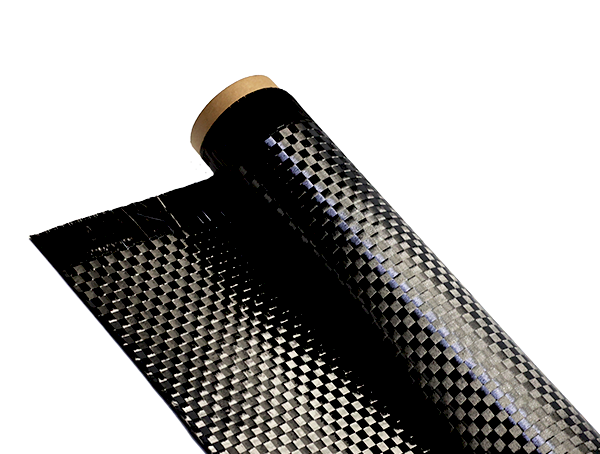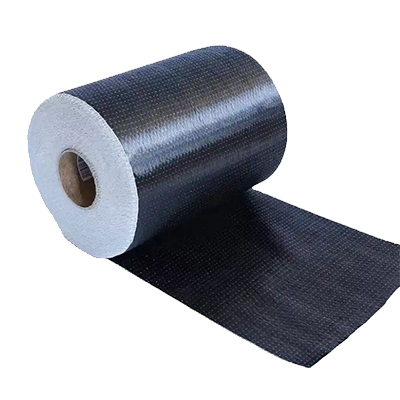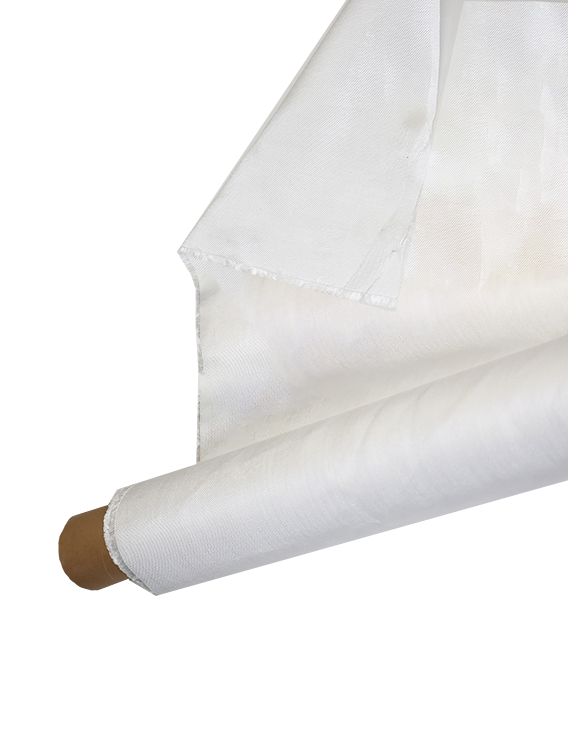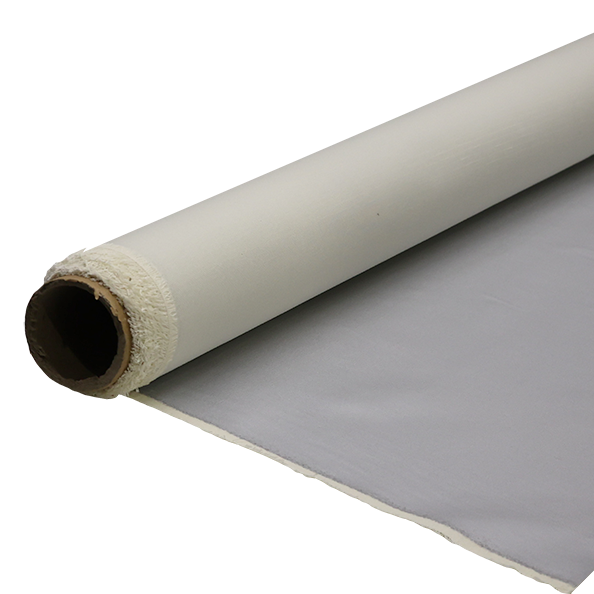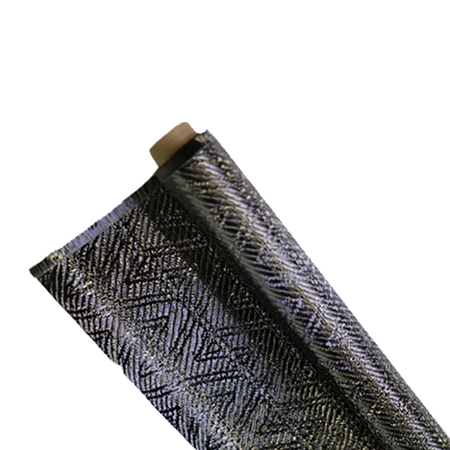New Carbon Fiber Roll Sizes Now Available
-
Table of Contents
“Unleash Innovation: Explore Our New Carbon Fiber Roll Sizes!”
Introducing the latest expansion in our product line: new carbon fiber roll sizes now available to meet diverse project needs. These innovative roll sizes offer enhanced flexibility and convenience for manufacturers, engineers, and hobbyists alike. With options tailored for both large-scale applications and smaller, intricate designs, our carbon fiber rolls provide exceptional strength-to-weight ratios and superior durability. Whether you’re in aerospace, automotive, or sporting goods, our new sizes are designed to optimize performance and streamline production processes. Explore the possibilities with our expanded range of carbon fiber roll sizes today.
New Carbon Fiber Roll Sizes: Expanding Options for Manufacturers
The introduction of new carbon fiber roll sizes marks a significant advancement in the materials available to manufacturers across various industries. As the demand for lightweight, high-strength materials continues to grow, the expansion of carbon fiber options provides manufacturers with greater flexibility and efficiency in their production processes. This development is particularly relevant in sectors such as aerospace, automotive, and sporting goods, where the performance characteristics of carbon fiber can lead to substantial improvements in product quality and overall functionality.
Traditionally, carbon fiber has been available in limited roll sizes, which often constrained manufacturers in terms of design and production capabilities. However, the recent introduction of new roll sizes allows for more tailored solutions that can better meet the specific needs of different applications. For instance, larger roll sizes can facilitate the production of larger components, reducing the number of seams and joints required in the final product. This not only enhances the structural integrity of the components but also streamlines the manufacturing process, ultimately leading to cost savings and improved turnaround times.
Moreover, the availability of smaller roll sizes can be equally beneficial, particularly for manufacturers who require precision and customization in their projects. Smaller rolls enable the production of intricate designs and specialized components without the need for excess material, thereby minimizing waste and optimizing resource utilization. This is especially important in industries where sustainability is a growing concern, as reducing material waste aligns with broader environmental goals.
In addition to the practical benefits of new roll sizes, the expanded options also encourage innovation within the industry. Manufacturers are now able to experiment with different configurations and designs that were previously impractical due to size limitations. This newfound flexibility can lead to the development of novel products that leverage the unique properties of carbon fiber, such as its high tensile strength and low weight. As a result, companies can differentiate themselves in a competitive market by offering cutting-edge solutions that meet the evolving demands of consumers.
Furthermore, the introduction of new carbon fiber roll sizes is likely to stimulate collaboration between manufacturers and suppliers. As companies seek to optimize their production processes and explore new applications for carbon fiber, they may engage more closely with material suppliers to develop customized solutions that align with their specific requirements. This collaborative approach can foster innovation and drive advancements in material science, ultimately benefiting the entire industry.
As manufacturers begin to integrate these new roll sizes into their operations, it is essential for them to consider the implications for their supply chains and production workflows. Adapting to the availability of different roll sizes may require adjustments in inventory management, cutting techniques, and quality control processes. However, the potential benefits of increased efficiency and enhanced product performance make this transition worthwhile.
In conclusion, the introduction of new carbon fiber roll sizes represents a pivotal moment for manufacturers seeking to leverage the advantages of this advanced material. By expanding the options available, manufacturers can enhance their production capabilities, reduce waste, and foster innovation. As industries continue to evolve and demand for high-performance materials grows, the ability to access a wider range of carbon fiber roll sizes will undoubtedly play a crucial role in shaping the future of manufacturing.
Benefits of the Latest Carbon Fiber Roll Sizes in Aerospace Applications
The introduction of new carbon fiber roll sizes marks a significant advancement in aerospace applications, offering a range of benefits that enhance both manufacturing processes and the performance of aircraft components. As the aerospace industry continues to evolve, the demand for materials that are lightweight yet strong has never been more critical. Carbon fiber, known for its exceptional strength-to-weight ratio, has become a preferred choice for various aerospace applications. The latest roll sizes provide manufacturers with greater flexibility and efficiency, ultimately leading to improved production outcomes.
One of the primary advantages of the new carbon fiber roll sizes is the ability to optimize material usage. Traditionally, manufacturers faced challenges related to waste and inefficiency when working with standard roll sizes. The introduction of varied roll dimensions allows for more precise cutting and fitting, minimizing excess material and reducing costs. This optimization not only streamlines the manufacturing process but also contributes to sustainability efforts within the industry. By reducing waste, manufacturers can lower their environmental impact while still meeting the rigorous demands of aerospace engineering.
Moreover, the new roll sizes facilitate enhanced design capabilities. Aerospace engineers are constantly seeking innovative solutions to improve aircraft performance, and the availability of different roll sizes enables them to experiment with new designs and configurations. This flexibility is particularly beneficial in the development of complex components, such as wing structures and fuselage sections, where precise material placement is crucial. By utilizing the appropriate roll size, engineers can achieve better structural integrity and aerodynamic efficiency, ultimately leading to improved fuel efficiency and performance.
In addition to design flexibility, the latest carbon fiber roll sizes also contribute to faster production times. The aerospace industry is characterized by tight deadlines and the need for rapid prototyping. With the availability of various roll sizes, manufacturers can quickly adapt to changing project requirements and expedite the production process. This agility is essential in a competitive market where time-to-market can significantly impact a company’s success. By streamlining the manufacturing workflow, the new roll sizes help aerospace companies maintain their competitive edge while ensuring high-quality output.
Furthermore, the advancements in carbon fiber technology have led to improved material properties, which are further enhanced by the new roll sizes. The latest carbon fiber formulations offer increased tensile strength and durability, making them ideal for demanding aerospace applications. When combined with the optimized roll sizes, these enhanced properties result in components that not only meet but exceed industry standards. This reliability is crucial in aerospace, where safety and performance are paramount.
Lastly, the introduction of new carbon fiber roll sizes aligns with the industry’s ongoing commitment to innovation and technological advancement. As aerospace manufacturers continue to explore new materials and processes, the availability of diverse roll sizes represents a step forward in achieving more efficient and effective production methods. This evolution not only benefits manufacturers but also contributes to the overall advancement of aerospace technology, paving the way for the next generation of aircraft.
In conclusion, the latest carbon fiber roll sizes offer numerous benefits for aerospace applications, including optimized material usage, enhanced design capabilities, faster production times, improved material properties, and alignment with industry innovation. As the aerospace sector continues to prioritize efficiency and performance, these advancements in carbon fiber technology will undoubtedly play a pivotal role in shaping the future of aircraft manufacturing.
How New Carbon Fiber Roll Sizes Enhance Automotive Design Flexibility
The introduction of new carbon fiber roll sizes marks a significant advancement in the automotive industry, offering designers and manufacturers enhanced flexibility in their projects. Traditionally, carbon fiber has been available in limited dimensions, which often constrained the design possibilities for automotive applications. However, with the recent expansion of roll sizes, automotive engineers can now explore a broader range of design options, ultimately leading to more innovative and efficient vehicle structures.
One of the primary benefits of the new carbon fiber roll sizes is the ability to accommodate larger components without the need for additional seams or joints. This is particularly advantageous in the production of body panels and structural elements, where a seamless design can contribute to both aesthetic appeal and structural integrity. By utilizing larger rolls, manufacturers can create components that are not only lighter but also stronger, as the continuous fiber structure minimizes weak points that can occur at joints. Consequently, this enhancement in material properties can lead to improved performance and safety in vehicles.
Moreover, the availability of varied roll sizes allows for greater customization in automotive design. Designers can now tailor their approaches to meet specific performance criteria or aesthetic preferences, resulting in vehicles that are not only functional but also visually striking. For instance, the flexibility to choose different roll sizes enables the integration of carbon fiber into complex shapes and curves, which can enhance aerodynamics and overall vehicle efficiency. As a result, automotive manufacturers can push the boundaries of design, creating vehicles that stand out in a competitive market.
In addition to aesthetic and performance benefits, the new roll sizes also contribute to more efficient manufacturing processes. With larger rolls, the need for frequent material changes during production is reduced, leading to decreased downtime and increased productivity. This efficiency can translate into cost savings for manufacturers, allowing them to allocate resources more effectively and potentially pass on savings to consumers. Furthermore, the streamlined production process can lead to shorter lead times, enabling manufacturers to respond more swiftly to market demands and trends.
Transitioning to the practical implications of these new roll sizes, it is essential to consider the environmental impact of carbon fiber production. As the automotive industry increasingly prioritizes sustainability, the ability to utilize larger rolls can contribute to reduced waste during manufacturing. By optimizing material usage, manufacturers can minimize offcuts and scrap, aligning with broader sustainability goals. This shift not only benefits the environment but also enhances the overall reputation of automotive brands committed to responsible practices.
In conclusion, the introduction of new carbon fiber roll sizes represents a pivotal development in automotive design flexibility. By enabling larger, seamless components, these new dimensions enhance both the structural integrity and aesthetic appeal of vehicles. Additionally, the customization options afforded by varied roll sizes allow designers to innovate and create more efficient, visually appealing automobiles. As manufacturing processes become more streamlined and environmentally conscious, the automotive industry stands to benefit significantly from these advancements. Ultimately, the evolution of carbon fiber roll sizes is set to redefine the possibilities within automotive design, paving the way for a new era of innovation and sustainability.
Q&A
1. **What are the new sizes of carbon fiber rolls now available?**
The new carbon fiber roll sizes available include 50 inches, 60 inches, and 72 inches in width.
2. **What is the typical length of the new carbon fiber rolls?**
The typical length of the new carbon fiber rolls is 100 yards.
3. **What applications can the new carbon fiber roll sizes be used for?**
The new carbon fiber roll sizes can be used for aerospace, automotive, marine, and sporting goods applications.New carbon fiber roll sizes now available offer enhanced versatility and convenience for various applications, catering to the diverse needs of industries such as aerospace, automotive, and sports equipment. These expanded options enable manufacturers and designers to optimize material usage, reduce waste, and improve efficiency in production processes. Overall, the introduction of these new sizes represents a significant advancement in the accessibility and functionality of carbon fiber materials.

